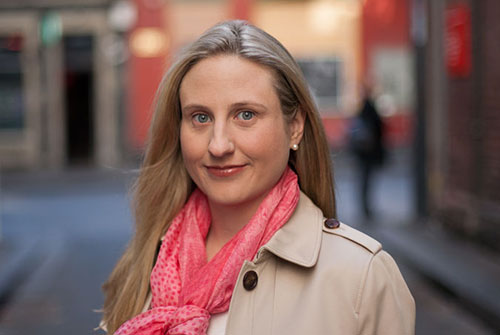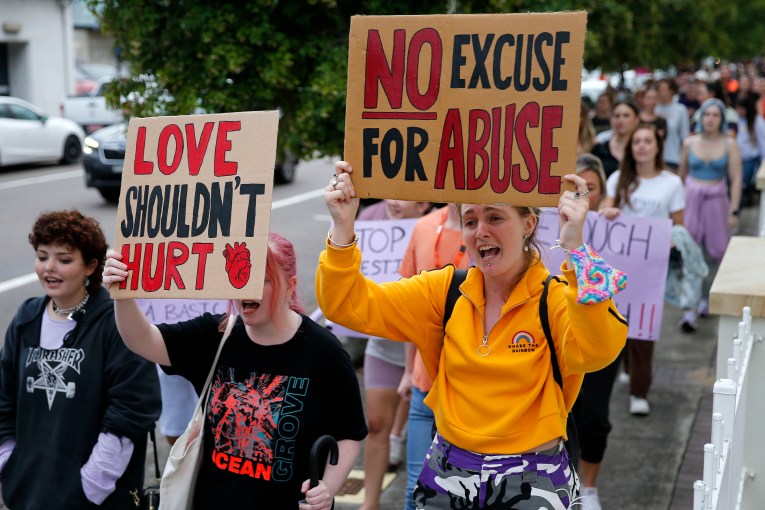Budget pain for students

Students will bear a greater share of the cost of getting a degree after the Abbott government’s first federal budget outlined the biggest overhaul of tertiary education in decades.
Universities will have the power to set their own fees and the government will wind back its contribution to degree costs by one-fifth from 2016 under the Coalition’s sweeping program to deregulate the higher education system.
Higher education groups welcomed the changes – but student advocates warned that the changes would increase the financial burden on young people seeking a formal education beyond high school level.
ANU Vice Chancellor Ian Young, chair of the influential Group of Eight universities, threw his support behind the changes.
“These historic reforms reconcile access and quality and make growth affordable,” he said.
The government, which hopes the changes will force Australian universities to be more competitive, wants at least one local institution to break into the world’s top 20 and more in the top 100.
However, National Union of Students president Deanna Taylor warned that poorer students could be locked out of higher education under the new regime.
“Thousands and thousands of parents around the country will be worrying about how their children are going to afford their education,” she said.
To help alleviate concerns about access, universities will have to put $1 from every $5 raised from the fee increases to fund scholarships for disadvantaged students.
In other measures, the federal budget outlines government subsidies for all diploma and sub-bachelor students in a move that is expected to affect 80,000 additional students at a cost of $280 million by 2018.
The budget changes will affect anyone who accepts a higher education place after Wednesday.
Students already enrolled at the time of the federal budget won’t be affected unless they’re still studying at the end of 2020.
Elsewhere, another $3.3 billion will be saved from changes to the higher education loans program.
Graduates will have to start repaying the loans once they earn $50,638 from mid-2016, almost $700 less than now.
Their debts will be indexed at a higher rate, capped at six per cent, depending on what it costs government to borrow.
At the moment, the rate is indexed in line with inflation – currently about 2.5 per cent.
Rebalancing university costs
• Deregulated course fees means universities can charge what they like.
• New students pay higher proportion of course costs from 2016.
• Commonwealth will upcap places it pays for students doing diplomas and advanced diplomas.
• New scholarships to help disadvantaged students.
• HELP loans remain but government will charge higher interest, up to 6 per cent from CPI now.
• Income threshold for HELP repayment drops to $50,638.
• Fee and loan changes won’t apply to current students until the end of 2020.








